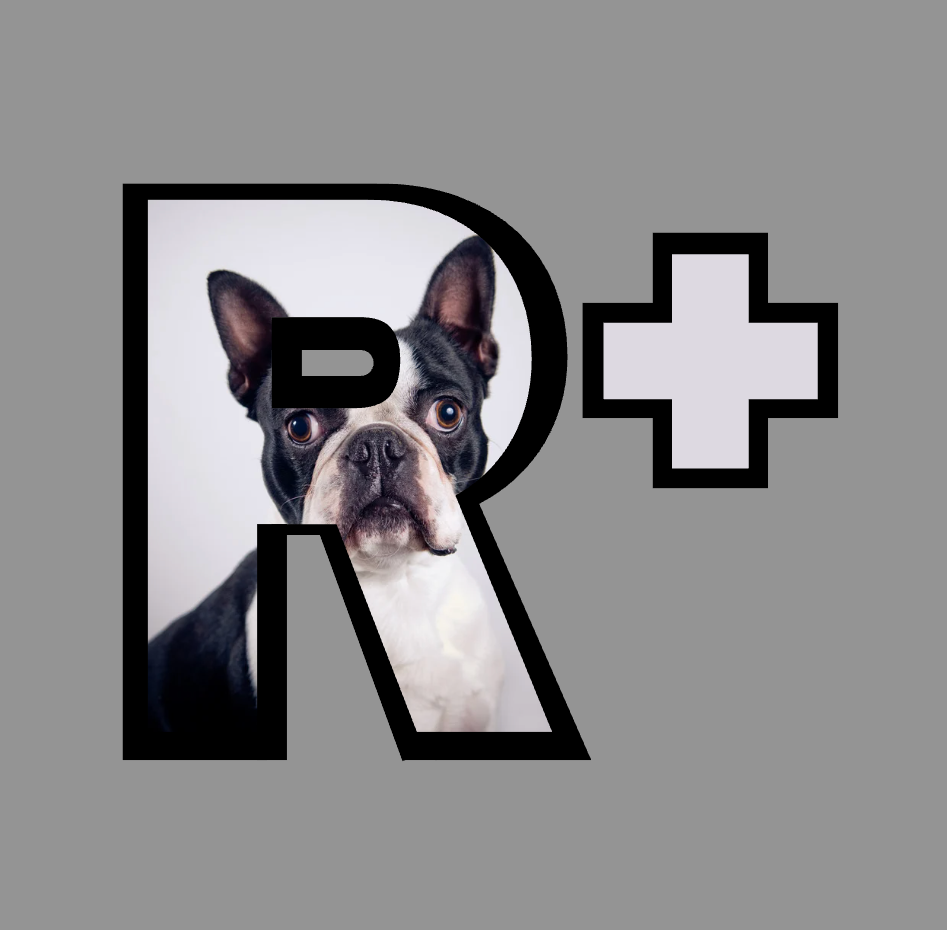The Trainer's Guide to Onboarding New Clients Smoothly
First Impressions Shape the Relationship
When a new client reaches out to you, the onboarding process begins — and it sets the tone for everything that follows. A smooth, well-structured start communicates that you’re professional, organized, and committed to helping them succeed.
In dog training, where trust is essential and your work directly affects a family’s beloved companion, how you begin matters just as much as how you train.
Why Client Onboarding Matters
1. It Shapes the Client’s Perception of You
- First impressions set the tone for the whole relationship.
- A smooth, organized onboarding process communicates that you’re professional, reliable, and detail-oriented — qualities clients value when trusting someone with their dog.
2. It Reduces Misunderstandings and Friction Later
- Many client frustrations stem from unclear expectations in the beginning.
- An effective onboarding process addresses questions before they become problems (e.g., payment terms, training methods, session structure, cancellation policies).
3. It Increases Client Engagement and Follow-Through
- Clients are more likely to commit to training homework when they know exactly what’s expected and why.
- A clear start helps them feel confident and supported, leading to better results for their dog.
4. It Saves You Time in the Long Run
- Gathering complete information upfront means you won’t have to chase down details later.
- Fewer misunderstandings mean fewer back-and-forth messages mid-training program.
5. It Boosts Retention and Referrals
- A great onboarding experience makes clients feel valued from day one.
- Satisfied clients are more likely to book follow-up services and recommend you to friends.
Key Elements of a Strong Dog Training Onboarding Process
1. Clear Initial Communication
Respond promptly to inquiries and provide a concise overview of your services. This shows clients they’ve made the right choice before you even meet.
2.
Detailed Intake Form
Gather information about the dog’s history, behavior, and the client’s training goals. Include space for health details, known triggers, and past training experiences.
3. Welcome Packet
Introduce yourself and your business. Outline what clients can expect during the training process and how to prepare their dog for the first session.
4. Policy & Expectations Sheet
Clarify your payment terms, cancellation policy, rescheduling rules, and homework expectations. Addressing these early prevents uncomfortable conversations later.
5. First Session Checklist
Confirm you have all paperwork, review the client’s goals, and agree on a clear training plan.
Common Onboarding Mistakes to Avoid
- Sending forms piecemeal over several emails.
- Skipping written policies in favor of “verbal agreements.”
- Using generic, mismatched, or outdated documents that don’t reflect your professionalism.
- Assuming the client remembers everything discussed during the first call or meeting.
Making It Manageable
A strong onboarding process doesn’t have to be complicated or time-consuming.
By having all your documents — intake forms, welcome packet, policies, and checklists — organized, branded, and ready to go, you can:
- Onboard clients consistently.
- Reduce administrative stress.
- Start training sessions with all the information you need.
Final Thought
The way you start with a client can set the tone for the entire relationship. A clear, consistent onboarding process isn’t just good business practice — it’s the first step toward better training outcomes, happier clients, and more referrals.
If you’d like a professional, branded onboarding packet tailored to your business, Dynamic Dog Training Solutions can help you put it all together so every new client experience starts off right. If interested, simply message us in the ABOUT section of this website. Mention that you read THIS BLOG post and get an additional 15% off customization services!

